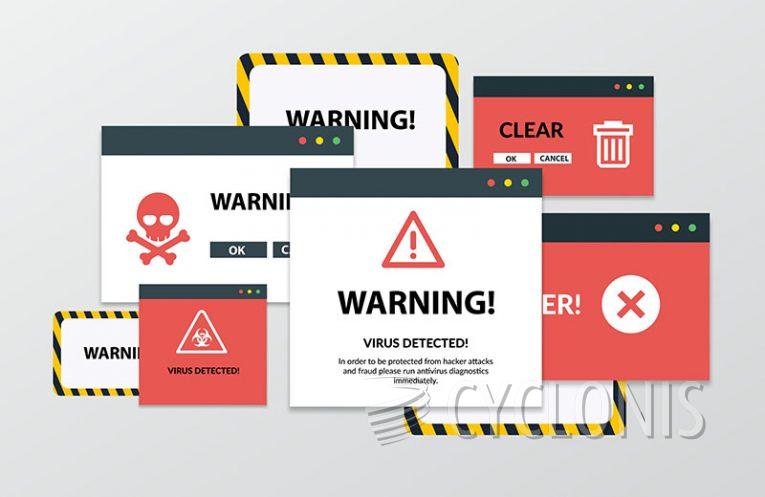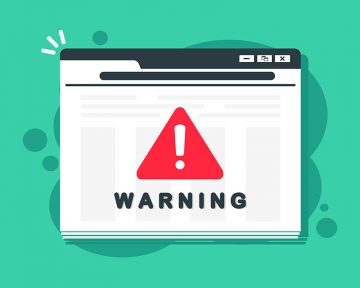Mob-dataprotection.com Tries to Scare Visitors with Fake Warning

We have come across the suspicious webpage mob-dataprotection.com, which serves as a platform for promoting deceptive content and sending spam browser notifications. Moreover, this webpage has the ability to redirect visitors to other websites that are likely to be unreliable or hazardous.
Typically, users come across webpages like mob-dataprotection.com through redirects facilitated by websites that utilize rogue advertising networks. During our investigation into such networks, we stumbled upon mob-dataprotection.com.
It is important to note that the behavior of these rogue webpages can vary based on the visitor's IP address or geolocation. In other words, the content encountered on these sites may depend on this information.
Upon examining mob-dataprotection.com, we identified two different versions. One version promoted the "Your Chrome Is Severely Damaged By 13 Malware!" scam, which falsely alerts visitors about non-existent threats on their devices with the aim of promoting untrustworthy or harmful software. The other version presented us with an article endorsing an Android app.
Both versions of the webpage displayed spam browser notifications, with the latter even featuring a misleading pop-up that claimed "Missing permissions detected" and instructed users to click on the bell icon in the top right or left of the address bar and then click "allow."
Rogue websites exploit these notifications to conduct intrusive advertising campaigns. The advertisements served through these notifications promote online scams, unreliable or dangerous software, and even malware.
Why Should You Never Trust Virus Warnings You See on Websites?
It is crucial to exercise caution and never blindly trust virus warnings that you encounter on websites. Here are the reasons why:
- Fake virus warnings: Scammers and malicious actors often create deceptive websites that display fake virus warnings to trick unsuspecting users. These warnings are designed to create a sense of urgency and panic, urging users to take immediate action.
- Social engineering tactics: Virus warnings on websites often utilize social engineering tactics to manipulate users' emotions and make them believe their devices are infected. They may use alarming language, flashing colors, or pop-ups to instill fear and prompt users to take actions that benefit the scammers.
- Phishing attempts: Some virus warnings displayed on websites are part of phishing attempts. They aim to trick users into revealing sensitive information such as usernames, passwords, or credit card details under the guise of resolving a supposed virus infection.
- Malicious downloads: In some cases, virus warnings on websites may prompt users to download software or applications that claim to remove the detected viruses. However, these downloads can contain malware or potentially unwanted programs that further compromise the user's device.
- Unauthorized access: Fake virus warnings may request remote access to your device to resolve the alleged infection. Granting such access can lead to unauthorized control over your system, allowing attackers to steal sensitive information or carry out malicious activities.








